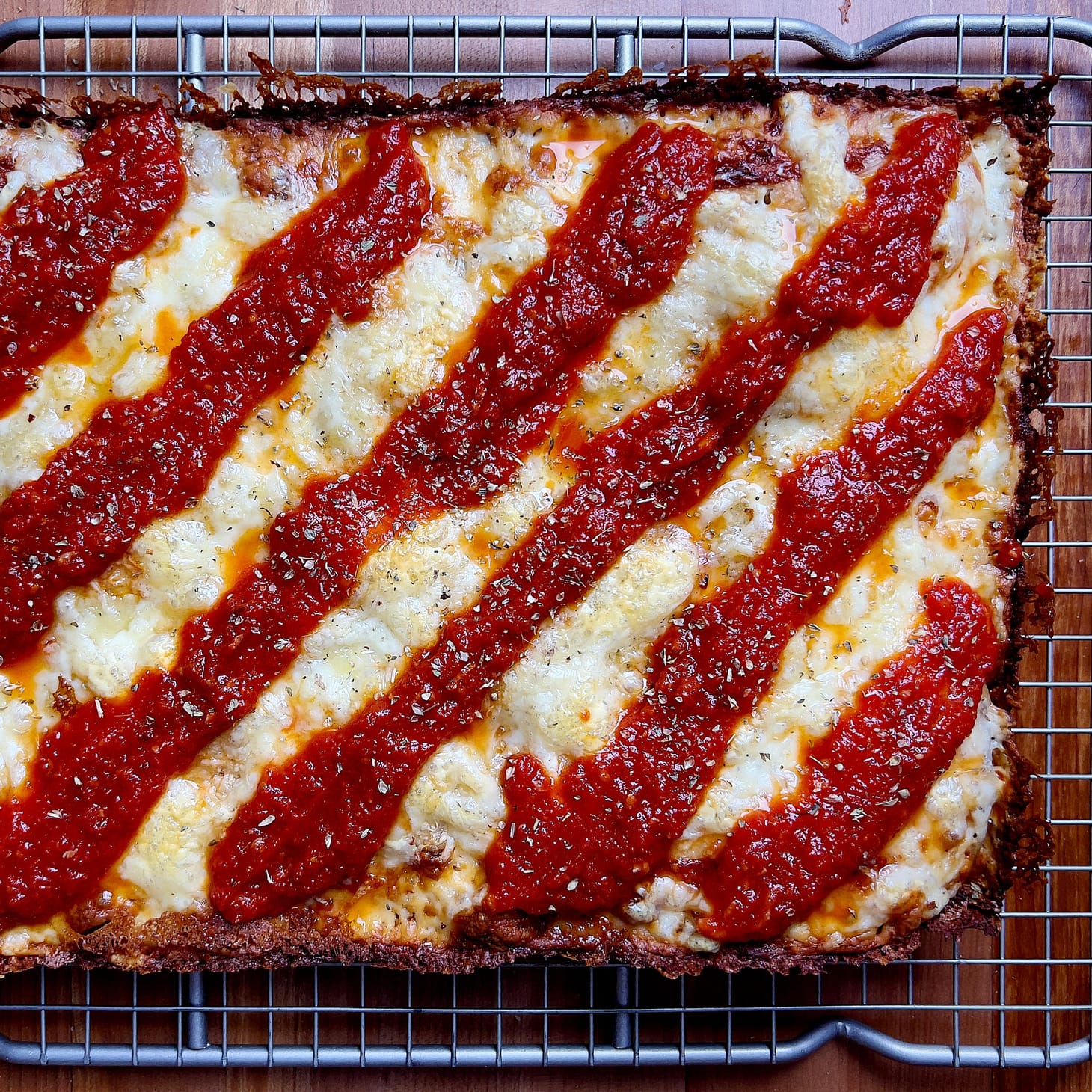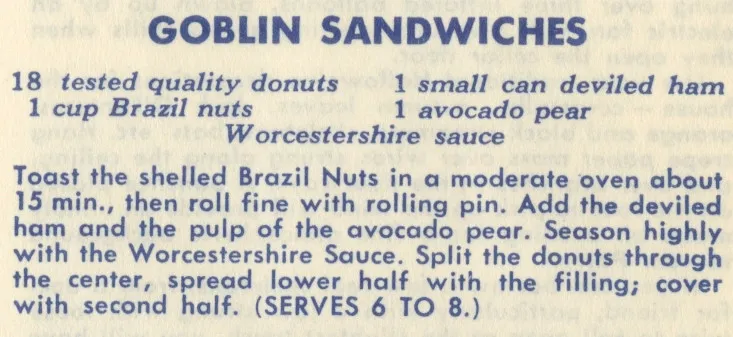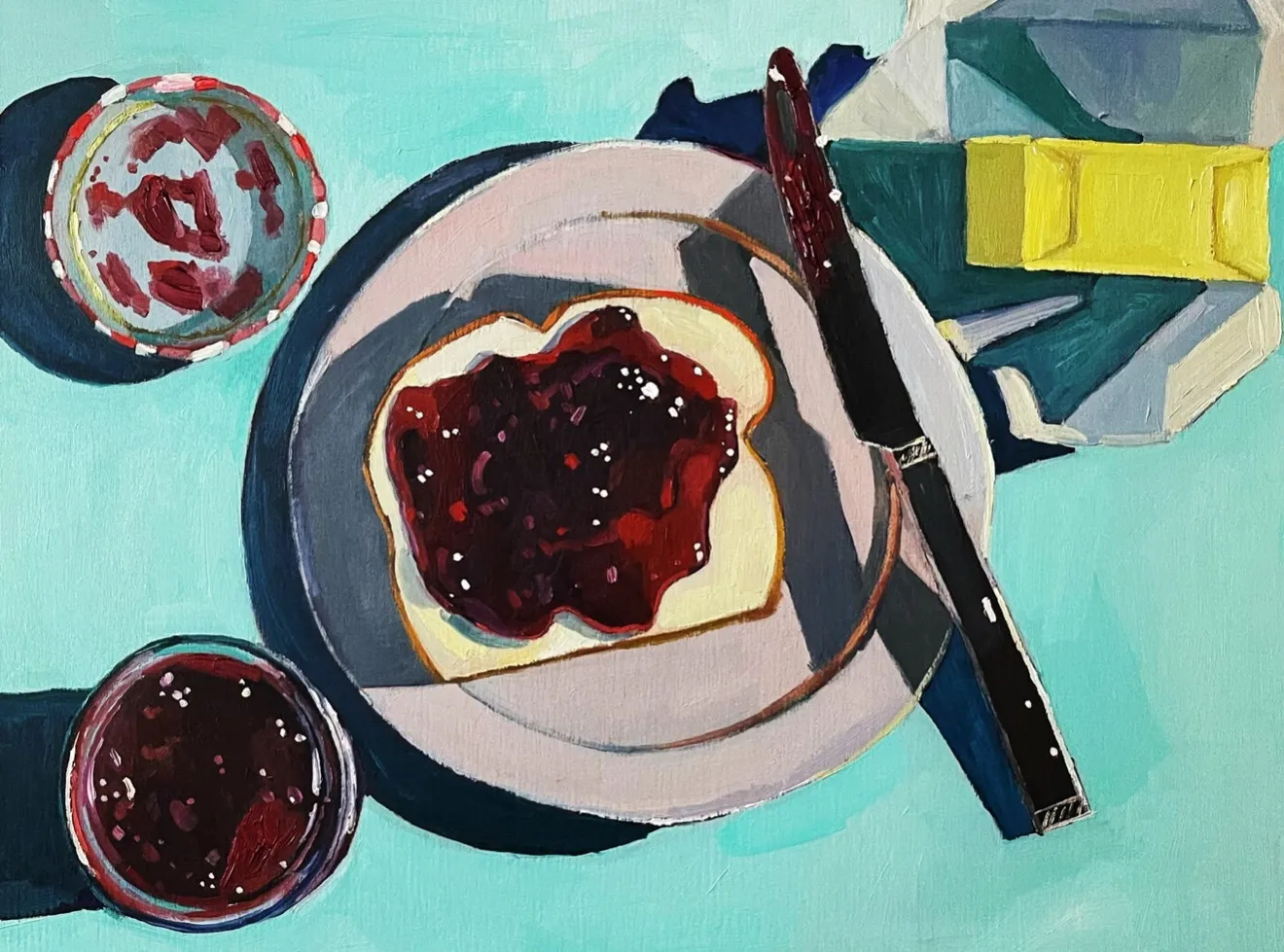(My) Detroit-Style Pizza Recipe
Motown classic

This content is for Paid Members
Unlock full access to wordloaf and see the entire library of members-only content.
SubscribeAlready have an account? Log in
Goblin sandwiches
butter and jelly
I see bread people


